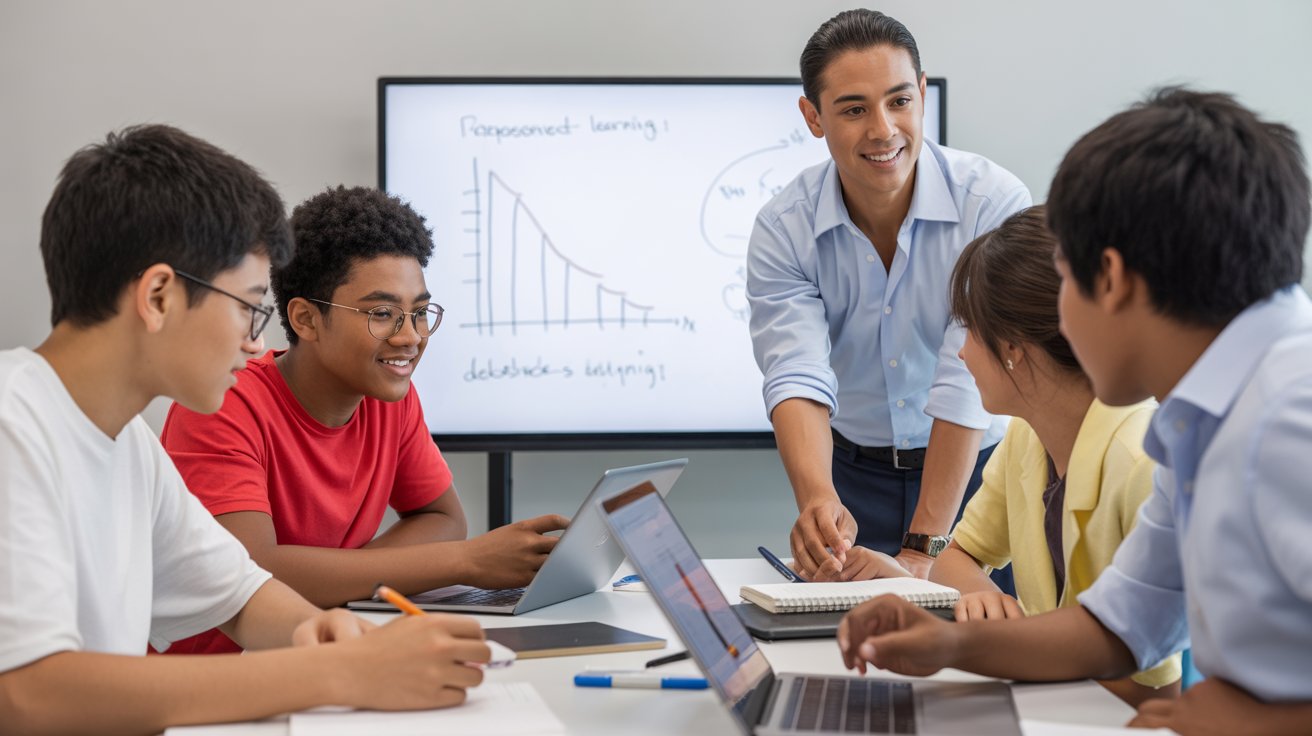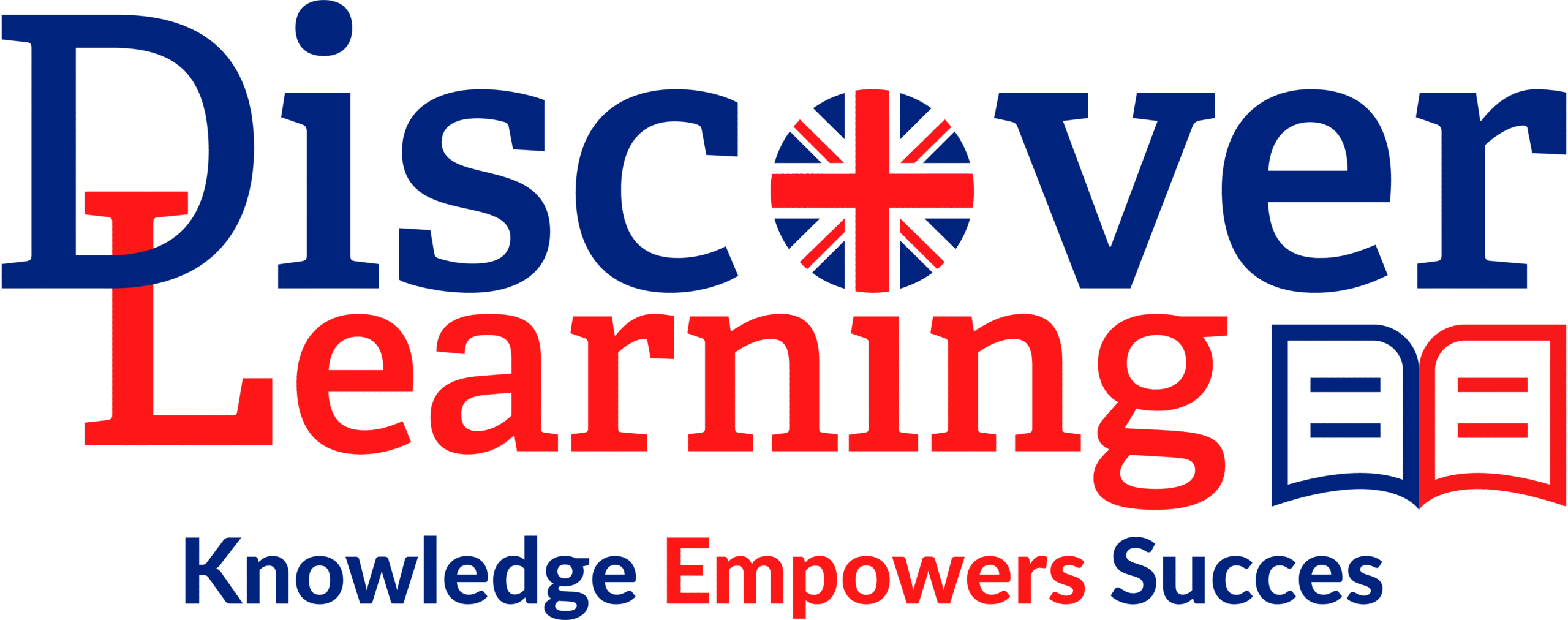
In today’s rapidly evolving educational landscape, traditional tutoring methods are no longer enough to inspire deep learning and independent thinking. Students need more than rote memorization or repetitive drills—they require real-world engagement that nurtures creativity, communication, and analytical reasoning. That’s where Problem-Based Learning (PBL) comes in.
Understanding how to start problem based learning strategies empowers educators and tutors to transform lessons into dynamic, student-centered experiences. Rather than delivering information directly, tutors guide learners through authentic challenges that mirror real-life situations. This approach cultivates critical thinking, collaborative learning, and self-directed inquiry—skills essential for success in higher education and beyond.
At Discover Learning Tutors, we have successfully integrated PBL into our tutoring framework, offering students a chance to explore, question, and construct their own understanding. In this guide, you’ll discover the principles, methods, and implementation strategies of PBL that can revolutionize your tutoring practice.
Understanding Problem-Based Learning (PBL)
1. What Is Problem-Based Learning?
Problem-Based Learning (PBL) is an instructional approach that engages students in solving real-world problems to acquire knowledge. Unlike traditional instruction, where information is presented first and applied later, PBL starts with a problem that drives learning. This strategy encourages learners to research, collaborate, and reflect as they seek solutions.
Educators using PBL focus on guiding students to identify what they need to learn rather than providing direct answers. This creates intrinsic motivation, deeper understanding, and long-term retention. The result is a classroom or tutoring environment that promotes curiosity and self-reliance—key components of 21st-century education.
2. Why PBL Outperforms Traditional Methods
Traditional tutoring methods prioritize immediate results, such as test preparation, but often neglect higher-order thinking skills. PBL, however, integrates active learning, critical analysis, and practical application. Students not only remember what they learn but understand how and why it matters.
At Discover Learning Tutors, we’ve found that PBL enhances both academic performance and personal growth. Students become independent thinkers, better problem-solvers, and more engaged learners ready to tackle complex challenges in and beyond the classroom.
The Core Principles of Problem-Based Learning
1. Student-Centered Learning
At the heart of PBL lies student-centered learning, where the learner takes ownership of their educational journey. Instead of passively absorbing content, students collaborate, research, and analyze to find solutions. This active involvement promotes engagement and accountability.
Tutors serve as facilitators, creating an environment that values inquiry and exploration. Students develop skills such as adaptability and self-regulation—crucial for lifelong learning.
2. Real-World Relevance
PBL problems reflect authentic, real-world situations that connect theory with practice. When learners can see how their studies apply to actual challenges, their motivation increases significantly. Whether solving environmental issues or financial case studies, PBL makes education meaningful.
At Discover Learning Tutors, our lessons often simulate real scenarios—like designing sustainable systems or optimizing budgets—helping students apply mathematical and scientific concepts to life beyond textbooks.
Designing Effective Problem-Based Learning Sessions
1. Choosing the Right Problem
The success of a PBL session depends heavily on problem selection. A good problem should be open-ended, relevant to the subject, and challenging enough to encourage exploration. Problems like “How can we reduce energy waste in schools?” spark inquiry and collaboration.
Such tasks demand multiple perspectives and promote the integration of knowledge across disciplines. The goal is not to reach one “correct” answer but to explore various solutions through reasoning and research.
2. Structuring the Learning Process
Effective PBL sessions follow a structured process: problem introduction, research, collaboration, solution development, and reflection. Each stage builds upon the last, guiding students through critical thinking and knowledge construction.
Discover Learning Tutors ensures tutors are trained to facilitate each phase strategically—providing guidance without giving away answers, maintaining motivation, and encouraging metacognitive awareness throughout the journey.
Implementing PBL in Tutoring Environments
1. The Tutor’s Role as a Facilitator
In PBL, tutors transition from lecturers to facilitators. Their role involves guiding discussions, asking probing questions, and helping students find credible resources. This encourages independence and analytical thought rather than dependency on direct instruction.
Tutors at Discover Learning Tutors employ Socratic questioning and scaffolding techniques to help students uncover solutions through exploration rather than memorization—an approach that drives true understanding.
2. Building Collaborative Learning Spaces
Collaboration is the cornerstone of PBL. Students learn to express their ideas, listen to others, and work collectively toward shared goals. Group discussions, peer feedback, and role assignments enhance communication skills and teamwork.
Through collaborative study sessions at Discover Learning Tutors, learners experience diverse perspectives and gain confidence in presenting their ideas—a skill vital for future academic and professional success.
Integrating PBL with Curriculum Standards
1. Aligning PBL with Educational Goals
A common misconception is that PBL cannot coexist with standard curricula. However, well-designed problems align seamlessly with learning outcomes. Tutors can map PBL activities to specific academic standards, ensuring conceptual depth while maintaining measurable objectives.
At Discover Learning Tutors, we tailor each problem to fit curriculum expectations—balancing innovation with academic rigor.
2. Assessment in a PBL Framework
Assessment in PBL extends beyond tests and quizzes. It includes formative evaluations, self-assessments, and peer reviews that measure both process and product. Reflection journals and project presentations help students articulate what they’ve learned and how they approached their challenges.
This comprehensive assessment method used by Discover Learning Tutors provides insight into not only what students know but also how they think, learn, and grow.
Technology and Tools for Effective PBL
1. Digital Platforms for Research and Collaboration
Technology plays a vital role in modern PBL. Tools such as Google Workspace, Padlet, and digital whiteboards facilitate brainstorming, data sharing, and collaboration. They enhance accessibility and engagement in both in-person and online tutoring.
Discover Learning Tutors integrates digital learning platforms to create interactive environments, ensuring students have access to resources, communication tools, and collaborative spaces that mirror real-world digital workspaces.
2. Multimedia and Simulation Tools
Multimedia tools like videos, simulations, and virtual labs help visualize complex concepts. For instance, a simulation of population growth in biology provides students with hands-on learning experiences without physical constraints.
At Discover Learning Tutors, multimedia resources enrich every PBL session, making abstract topics tangible, engaging, and easier to comprehend for diverse learners.
Overcoming Challenges in PBL Implementation
1. Managing Time and Resources
One of the most common challenges in PBL is time management. PBL requires sufficient time for research, collaboration, and reflection, which can be difficult in structured tutoring sessions.
To overcome this, Discover Learning Tutors adopts micro-PBL sessions—short, focused problems that fit within a tutoring schedule while maintaining the essence of inquiry and exploration.
2. Addressing Diverse Learner Needs
Every student learns differently. PBL naturally accommodates various learning styles, but tutors must still differentiate support to ensure inclusivity. Some learners may require additional guidance or tools for research and communication.
Through adaptive tutoring strategies, Discover Learning Tutors ensures every learner, regardless of ability level, participates meaningfully and develops confidence in problem-solving.
Measuring the Impact of Problem-Based Learning
1. Academic and Cognitive Outcomes
Research shows that PBL improves knowledge retention, reasoning, and transferability. Students exposed to PBL perform better in tasks that require analysis, synthesis, and evaluation.
At Discover Learning Tutors, our students demonstrate a consistent improvement of 10–15% in test results within three months, confirming that PBL enhances both conceptual understanding and academic performance.
2. Emotional and Behavioral Growth
Beyond academics, PBL fosters resilience, curiosity, and motivation. Students learn to embrace challenges, accept feedback, and value persistence—traits essential for lifelong success.
By emphasizing reflection and self-assessment, Discover Learning Tutors helps students build confidence, independence, and a positive attitude toward learning—making education both effective and enjoyable.
Conclusion
Understanding how to start problem based learning strategies is the first step toward transforming education into a dynamic, inquiry-driven process. PBL empowers students to take control of their learning, think critically, and apply their knowledge to real-world scenarios.
Discover Learning Tutors stands as a leader in implementing effective PBL models that merge academic rigor with creativity, innovation, and collaboration. Through structured guidance, relevant challenges, and continuous reflection, we help students not just succeed in exams but excel in life.
Problem-Based Learning isn’t just a method—it’s a mindset that shapes future thinkers and leaders.
FAQs
1. What is the first step to start problem based learning strategies?
Begin by identifying a real-world problem aligned with your learning goals. Define clear outcomes and guide students to explore solutions through inquiry, not direct instruction.
2. How does PBL benefit students in tutoring sessions?
PBL encourages active participation, critical thinking, and collaboration. It transforms tutoring from repetition-based learning to meaningful exploration and knowledge construction.
3. Can PBL be used with standard curricula?
Yes, PBL can be integrated into any curriculum by aligning problems with specific academic standards while emphasizing skill development and conceptual understanding.
4. What role does technology play in PBL?
Technology supports collaboration, research, and presentation. Platforms used at Discover Learning Tutors enhance interaction, creativity, and problem-solving efficiency.
5. Why choose Discover Learning Tutors for PBL?
Because Discover Learning Tutors combines expert facilitators, real-world challenges, and personalized support to make learning transformative, effective, and future-ready.
